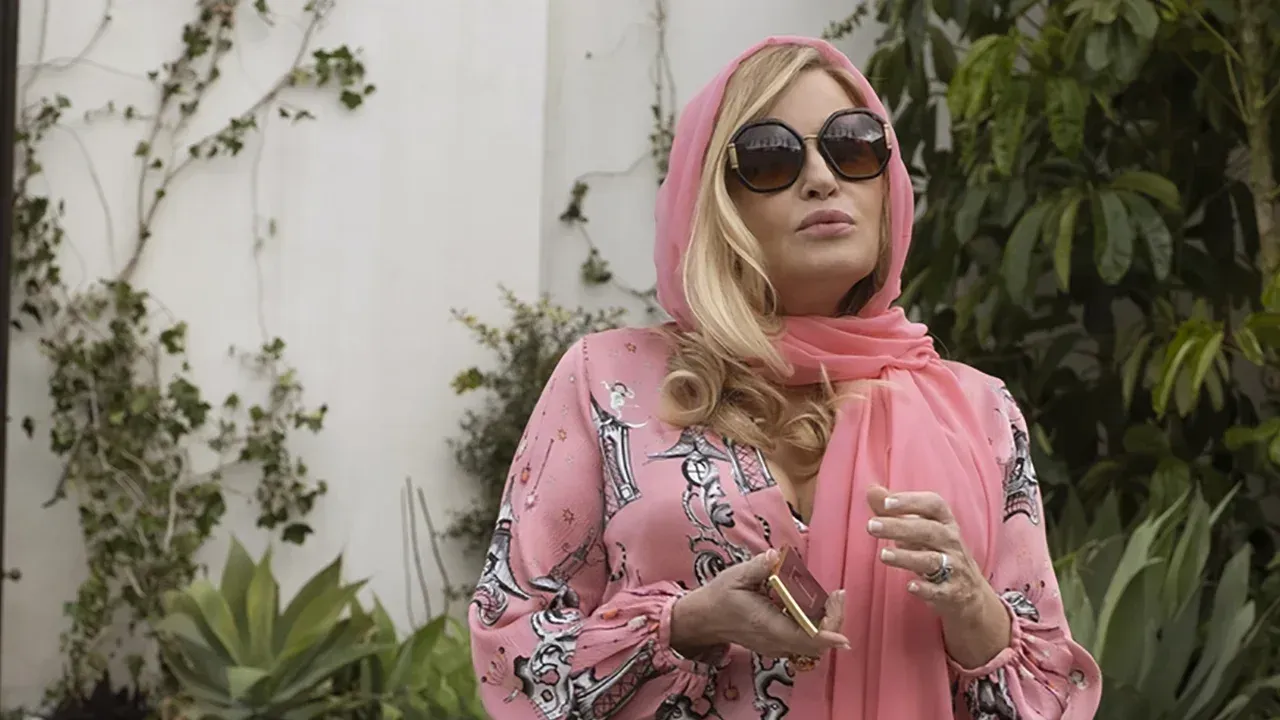Why Jennifer Coolidge is Such A Gay Icon
Coolidge's Queer Conquest
How on earth did a woman, fearfully uttering, "These gays…they’re trying to murder me!" in HBO's White Lotus become the darling of the very group she accused of attempted murder? What explains her rise as the queen of contemporary gay icons?
Ready or not, we're putting on our academic hats and answering these questions with theories and research papers that delve deep into gay culture.
Jennifer, the Camp Supreme
Unfurling the rainbow banner of Camp Aesthetics Theory, Susan Sontag provides the first piece of our puzzle. 'Camp' aesthetics, with their unabashed love for theatricality, find a living, breathing embodiment in Jennifer Coolidge.
Her exaggerated comedic flair, her flamboyant charm – it's all high camp! As David Edelstein of New York Magazine astutely observed, “Coolidge’s comedy is so broad it becomes stylized, and it’s like nothing you’ve ever seen.”
The Mirror's Tale
Another theory, one that dives deep into the subconscious, comes from Lacan's Mirror Image Theory. Gay men recognize their struggles mirrored in Coolidge's diverse characters, each grappling with societal expectations. This resonance isn't lost on Coolidge herself. As she confided to The Guardian, "I do play these characters that are in one way or another, societal underdogs."

'The Other' Finds Her Queer Tribe
Simone de Beauvoir's "Other" Theory opens up another realm of understanding. In a world where the heteronormative is the standard, both women and gay men often find themselves on the outskirts, classified as 'the other'.
Coolidge's on-screen personas often echo this narrative of being an outsider, and it's this shared sense of 'otherness' that deepens her connection with the gay community.
As Robyn Warhol noted in Film Quarterly, “Coolidge's characters, always outsiders, resonate with gay men because they share a familiar narrative of marginalization.”
Jennifer Coolidge: Transgression's Poster Child
Jack Halberstam's Transgressive Theory adds another layer to the puzzle. Halberstam posits that those who break boundaries and defy societal norms become symbols of transgression. Coolidge’s repertoire is filled with such characters – women who are unashamedly loud, unabashedly sexual, and unapologetically themselves.
It’s this bold defiance of norms that attracts the gay community, a group no stranger to shaking societal constraints. Richard Lawson, writing for Vanity Fair, put it succinctly, “Coolidge has a way of shattering norms and expectations, and that rebellion is appealing.”
The Lesbian Continuum and Gay Men
Adrienne Rich's Liberation Theory, with its idea of a "lesbian continuum", offers another interesting perspective. While primarily focusing on women's relationships, we could extrapolate Rich's ideas to explain why gay men might idolize certain female figures. Coolidge's characters often embrace an intimate camaraderie with other women, free from the patriarchal lens.
This liberation from heteronormative constraints strikes a chord with the gay community. As observed by Queer Studies scholar, Judith Jack Halberstam, in GLQ: A Journal of Lesbian and Gay Studies, “The way Coolidge’s characters establish deep connections with other women resonates with the experiences of many gay men.”
A Reflection of Resilience
Diana Fuss’s Identification and Resilience Theory unravels another strand of Jennifer Coolidge's appeal. According to Fuss, gay men often identify with female celebrities who face adversity and display resilience, mirroring the shared experience of overcoming societal prejudice.
The characters that Coolidge brings to life are nothing if not resilient. They rise from adversity, fiercely and fabulously, a trait not lost on her gay fans. Jack Halberstam, in his book Female Masculinity, wrote, “Coolidge’s characters, with their resilience and relatability, provide a powerful mirror for many in the queer community.”
Marginalized, but Not Sidelined
Stuart Hall's Marginalized Representation Theory adds another dimension. Hall suggests that marginalized groups often identify with figures who, like them, are also marginalized. Coolidge, whether through her characters or her off-screen persona, has never shied away from expressing her struggles, making her an alluring figure to the gay community.
As Professor Diana Fuss noted in an article for The Advocate, “Coolidge’s candidness about her struggles and her ability to stand strong and triumphant through it all speaks to many within the LGBTQ+ community.”
Of Icons and Queer Imagery
Lastly, Queer Iconography Theory shines a light on the celebrities who become icons due to their involvement with or influence on the queer community. Coolidge, with her vocal support for the LGBTQ+ community and her roles in queer-focused media like Best in Show and A Mighty Wind, fits this bill perfectly.
As Entertainment Weekly's Leah Greenblatt puts it, “Coolidge’s queer roles, combined with her outspoken support for LGBTQ+ rights, has made her a beloved figure within the community."
Another Trifecta
Fuss's Identification and Resilience Theory, Hall's Marginalized Representation Theory, and Queer Iconography Theory provide yet another prismatic view of Jennifer Coolidge's gay icon status. Her resilience, the shared sense of marginalization, and her visible support for the queer community have etched her name in the annals of gay iconography.
And perhaps, her White Lotus quote, laced with a bizarre mix of panic and humor, is emblematic of the spirit of resistance that her gay fans love. As Coolidge herself said in an interview with Out Magazine, "Life is going to throw you curveballs, it's how you catch them and throw them back that matters. That's the kind of strength I want to see in everyone, especially my LGBTQ+ fans."
Gay Icons of the 1930s and 1940s
Gay Icons of the 1950s and 1960s
Gay Icons of the 1970s and 1980s
Gay Icons of the 1990s
Gay Icons of the 2000s
Fictional Gay Icons
Wonder Woman
Julia Sugarbaker (Designing Women)
Buffy Summers (Buffy the Vampire Slayer)
Blanche Devereaux (Golden Girls)
Patsy Stone (Absolutely Fabulous)
Miranda Priestly (Devil Wears Prada)
Karen Walker (Will & Grace) (have pics)
Samantha Jones (Sex and the City)
Ursula the Sea Witch (The Little Mermaid)










